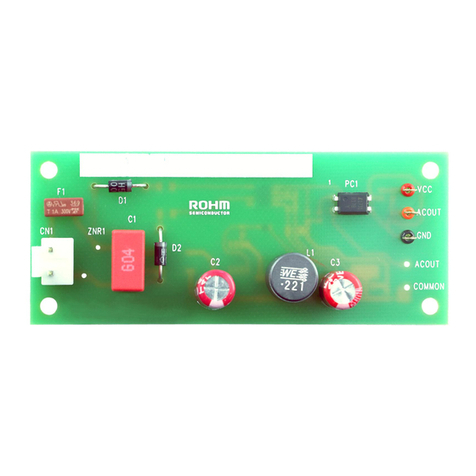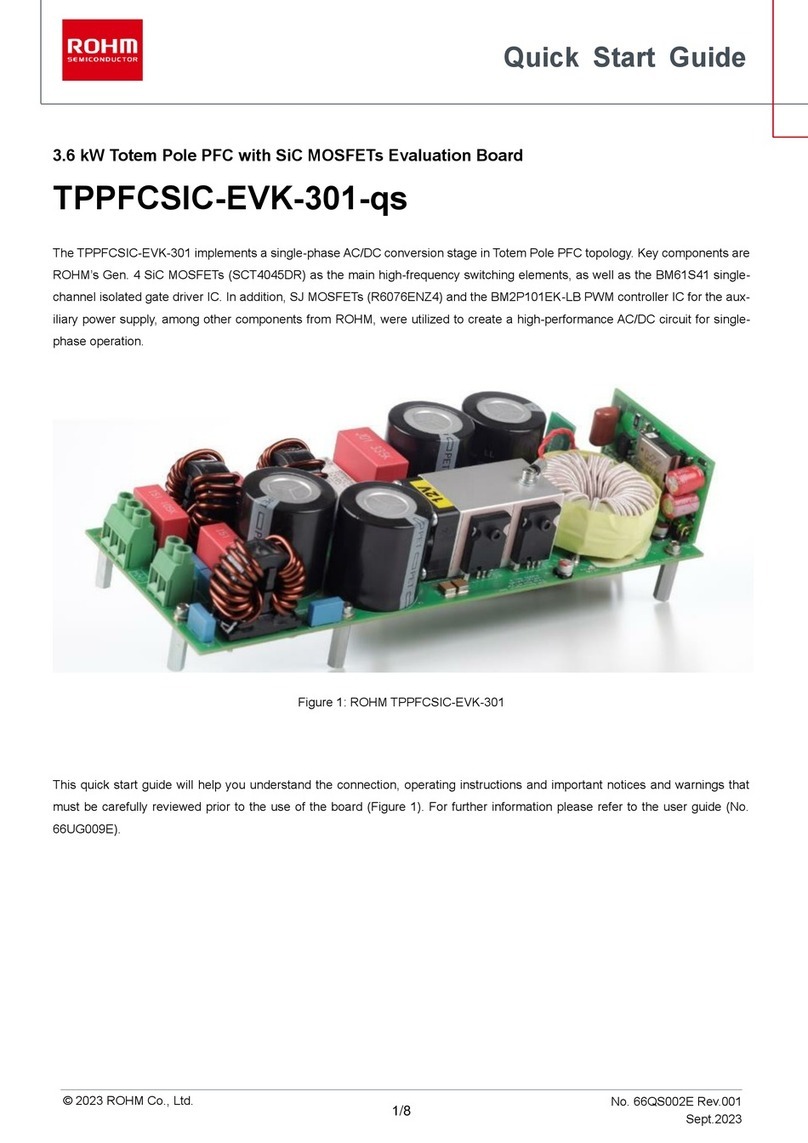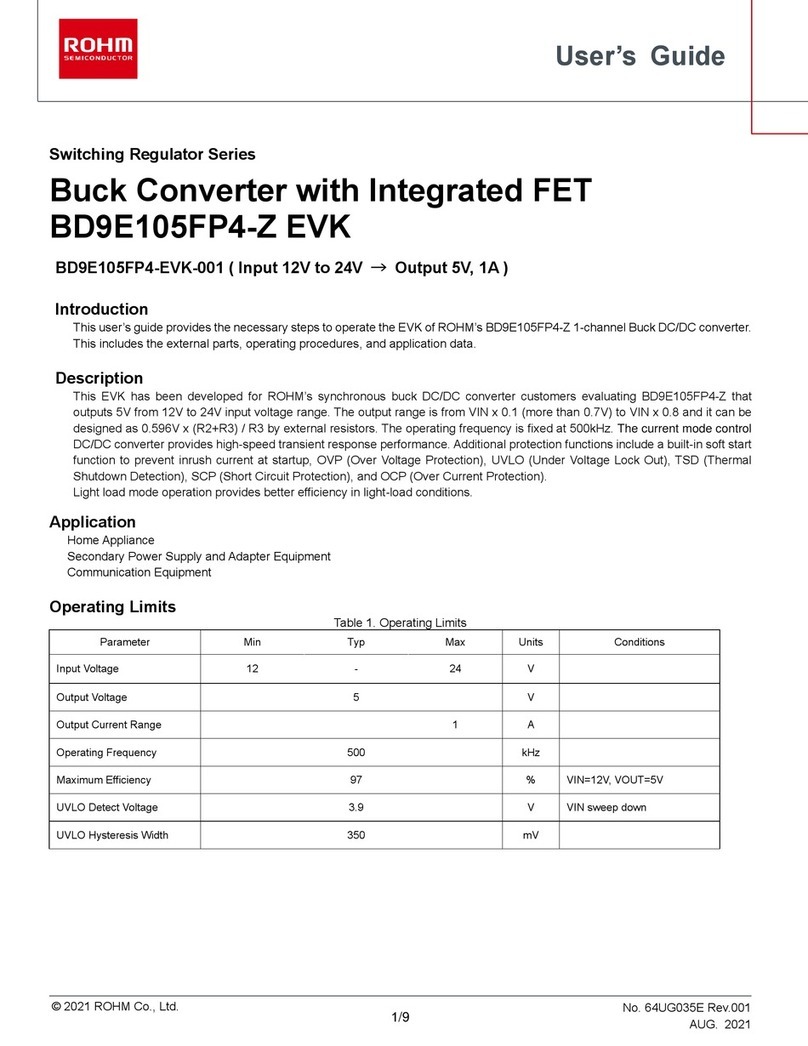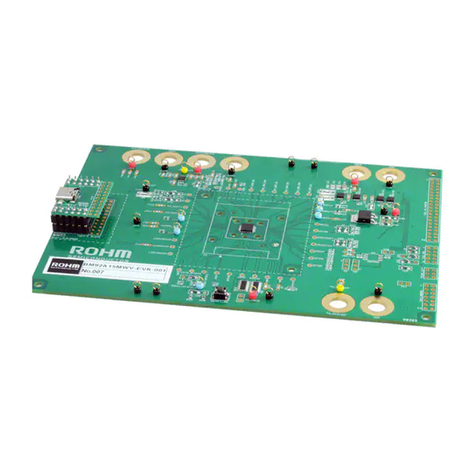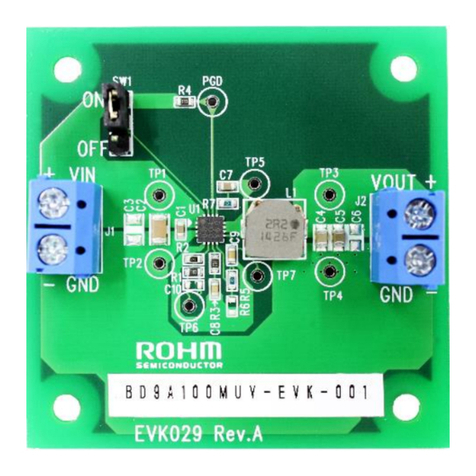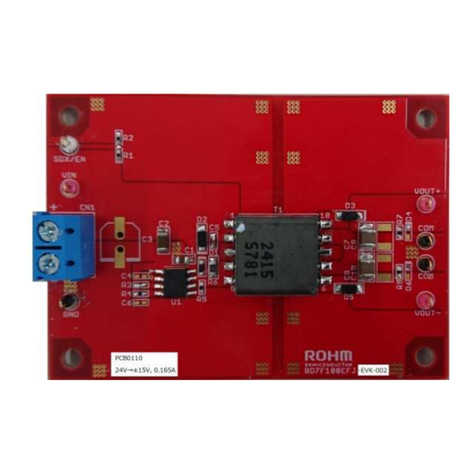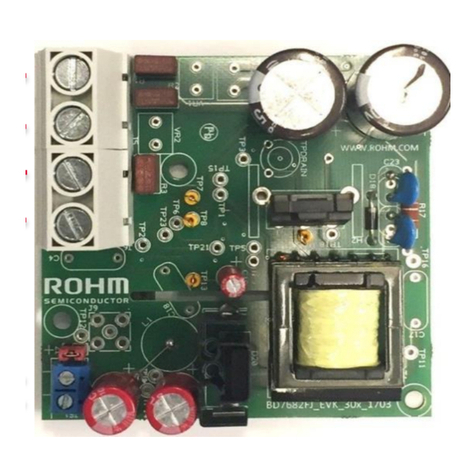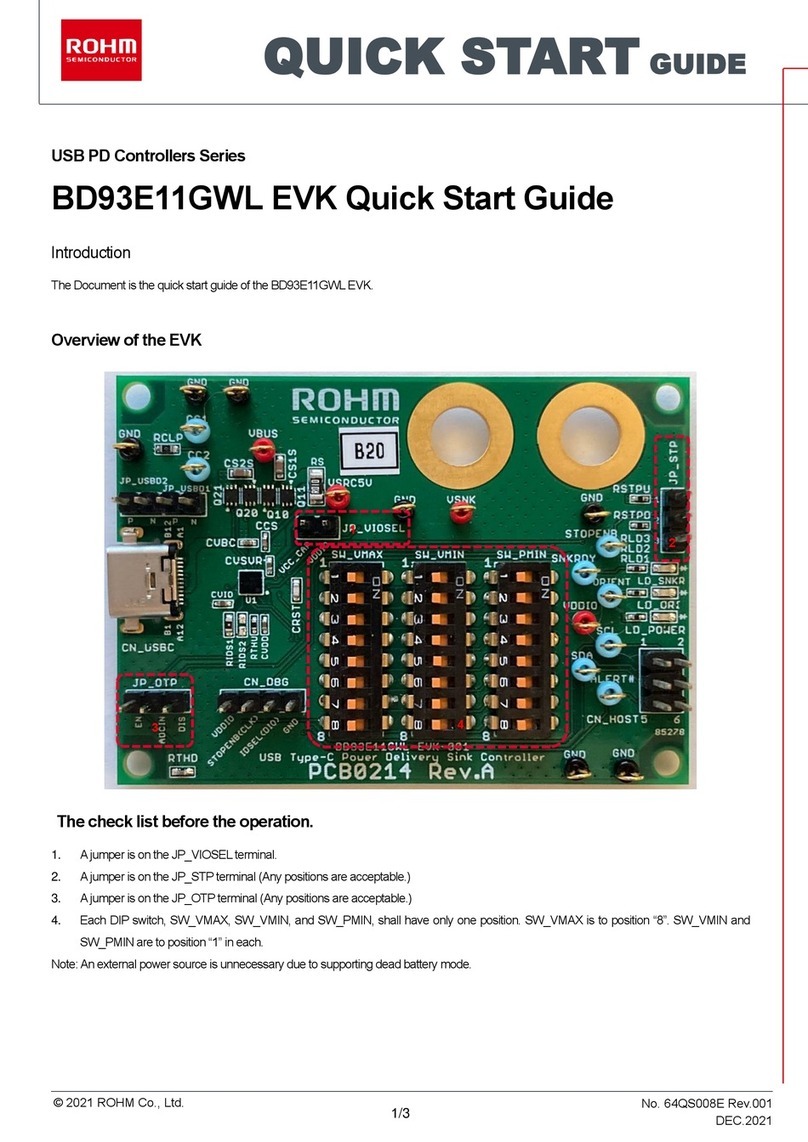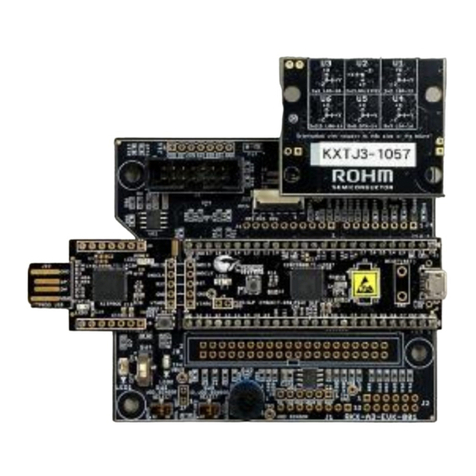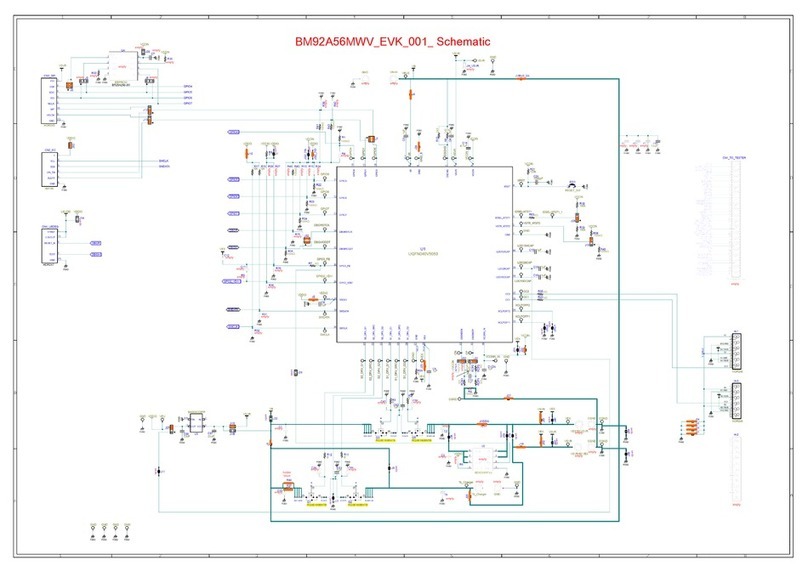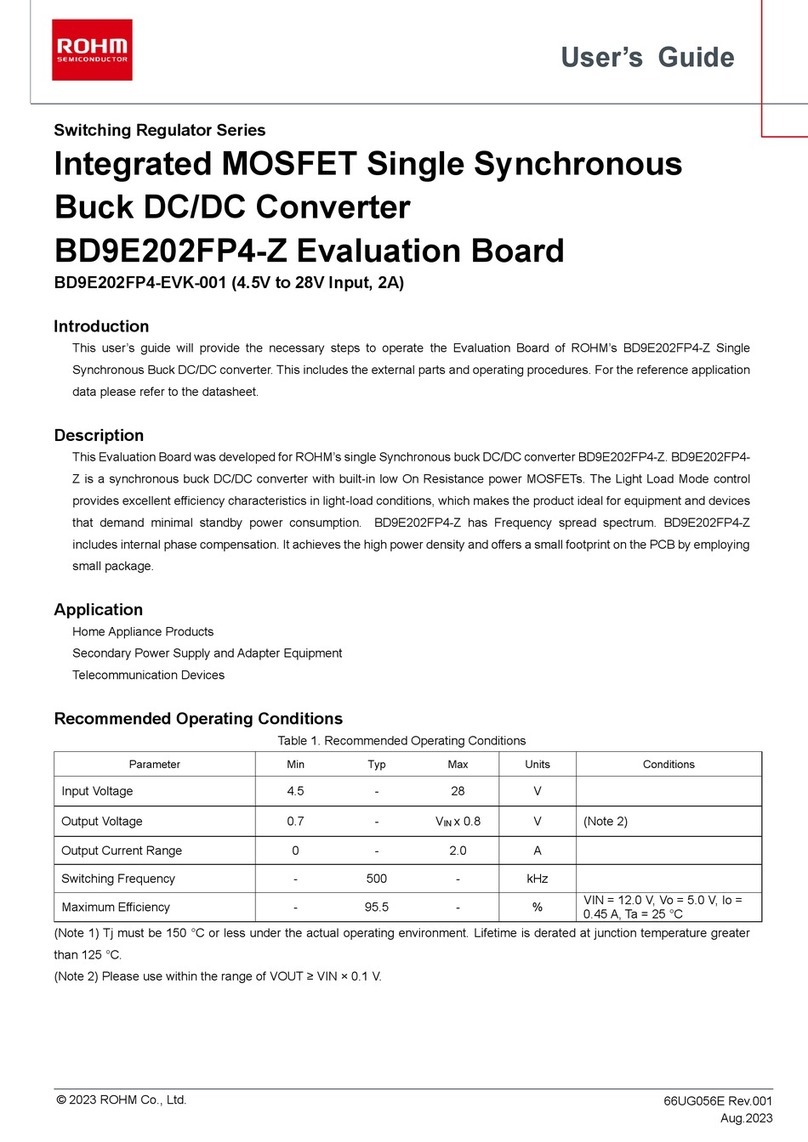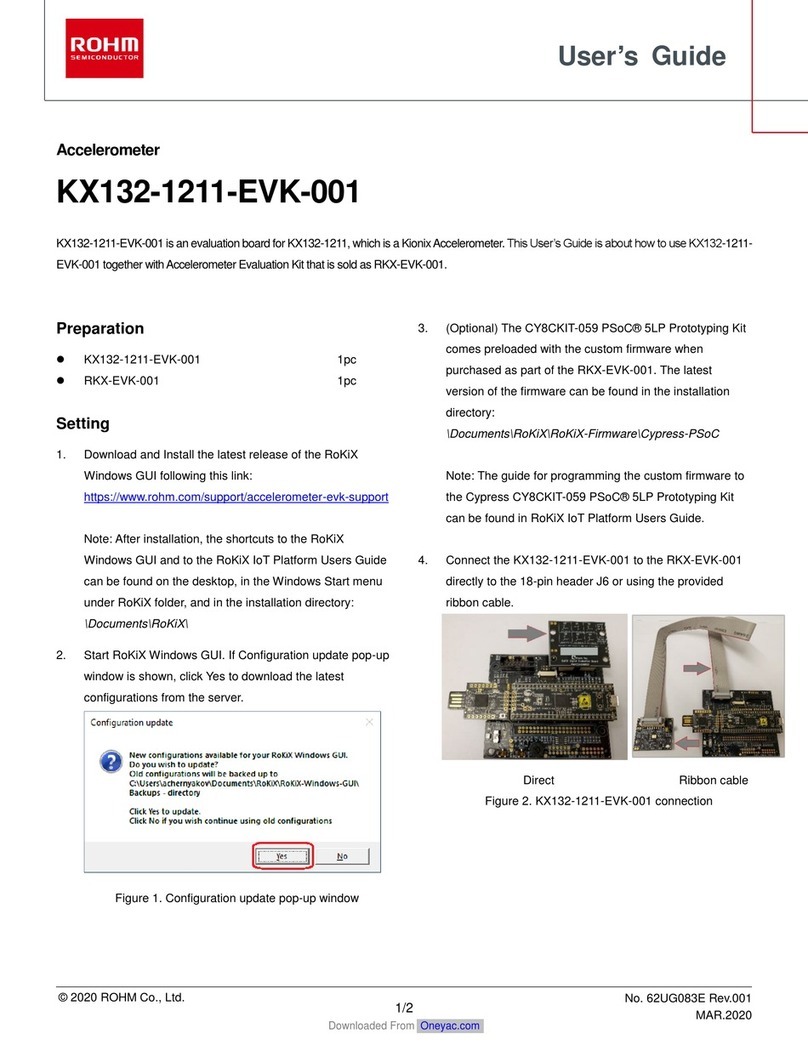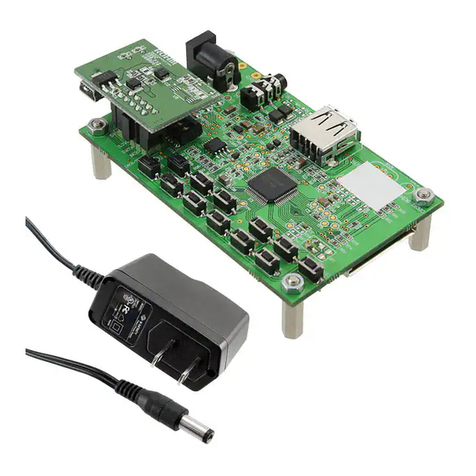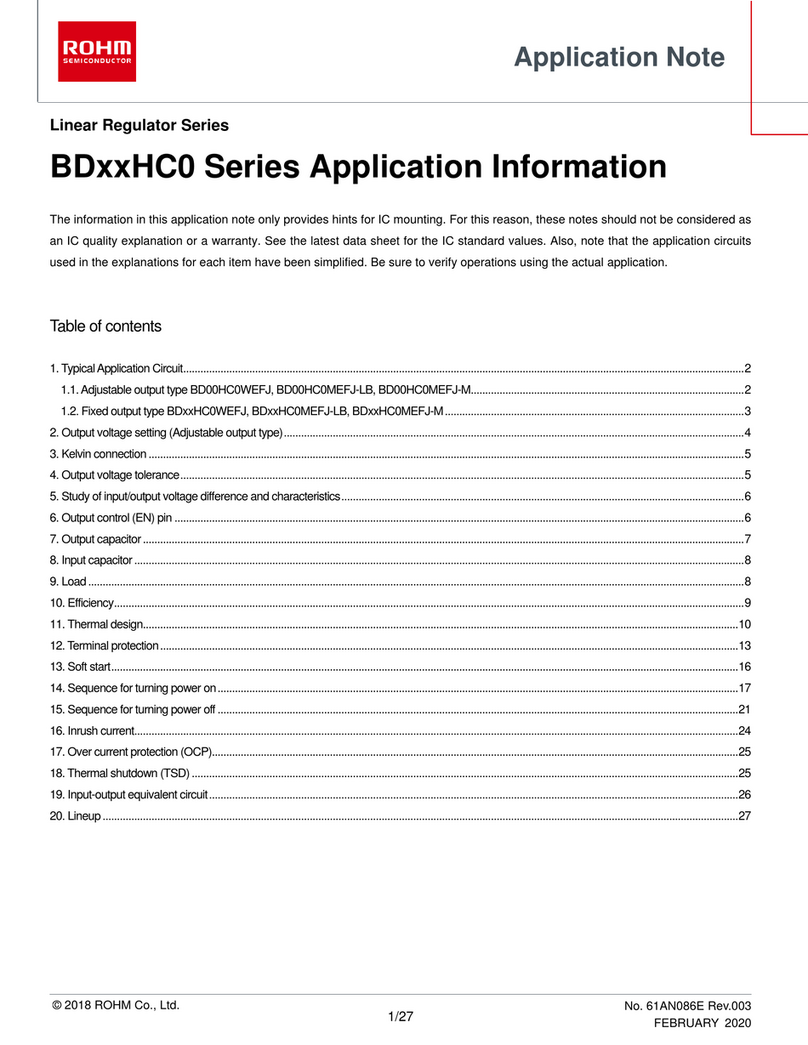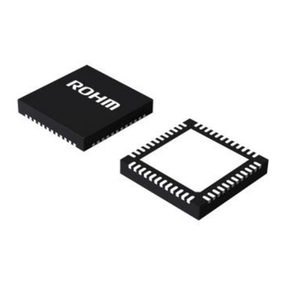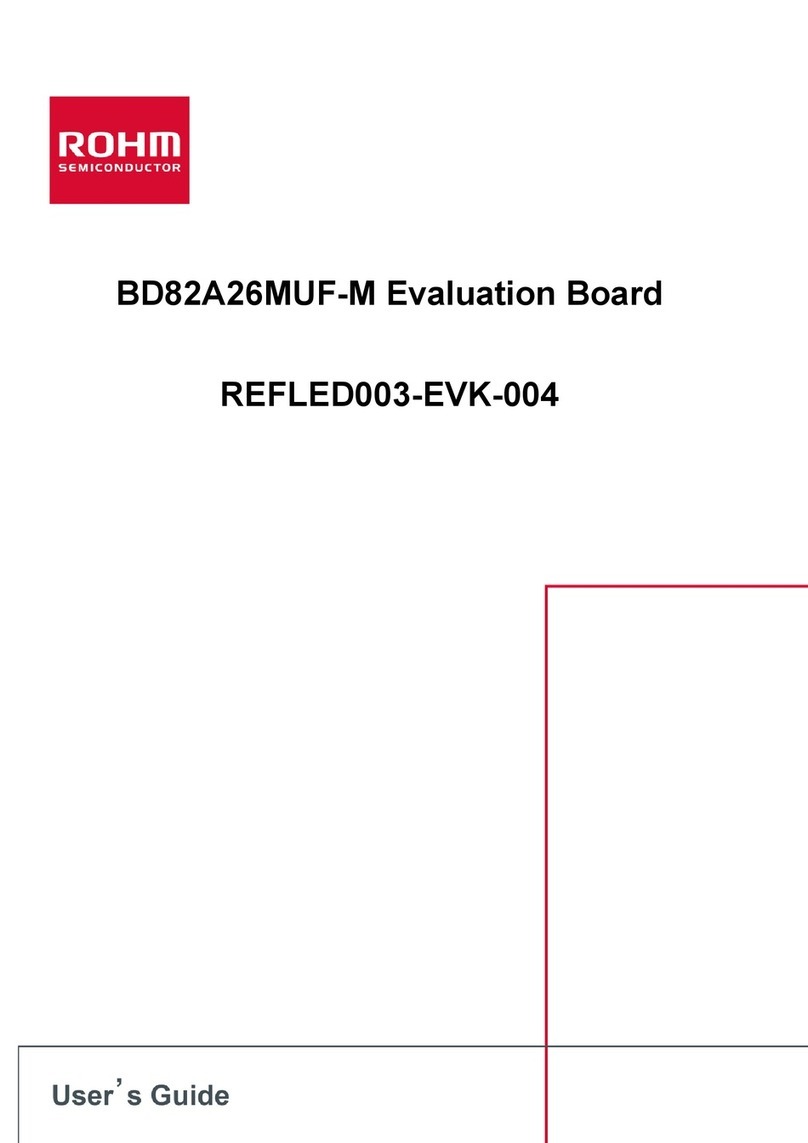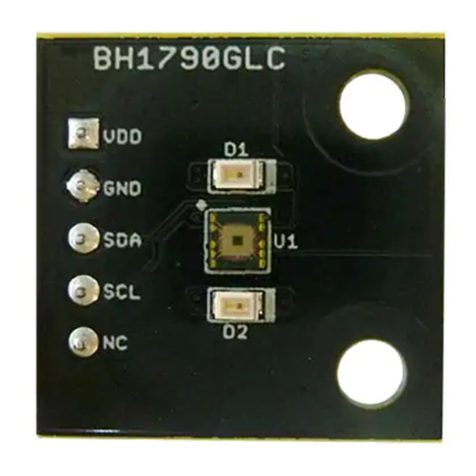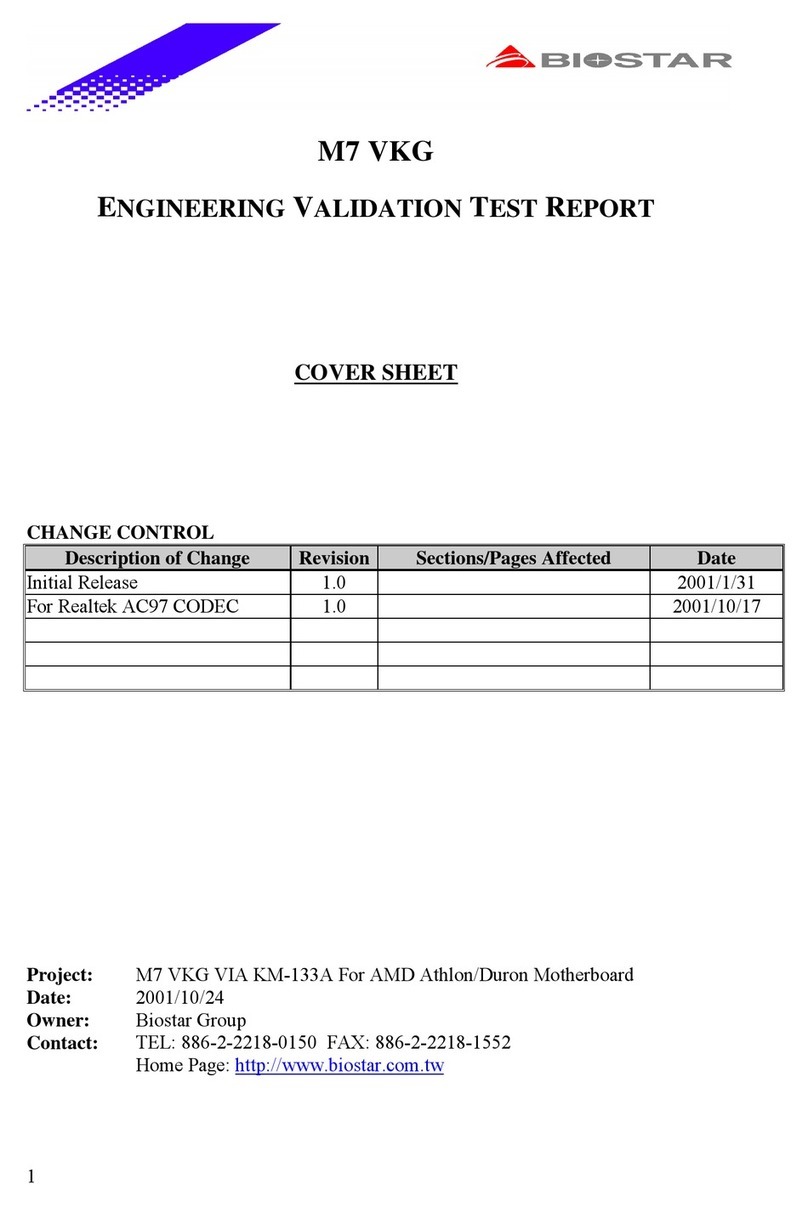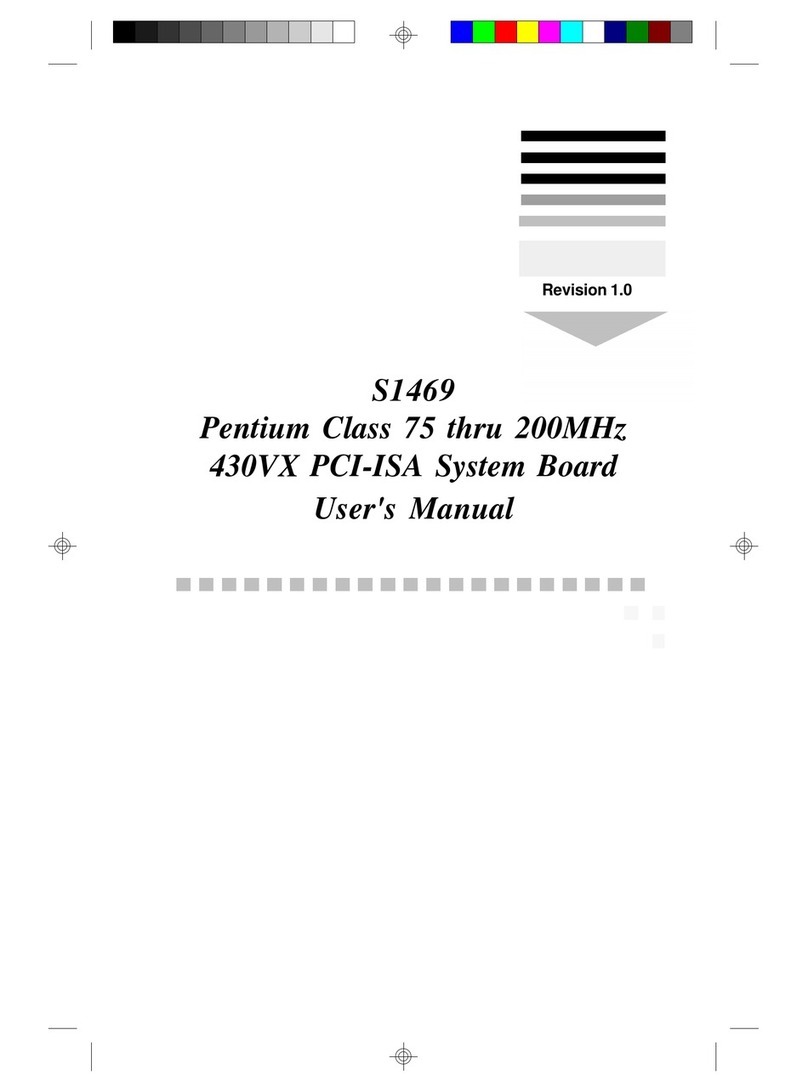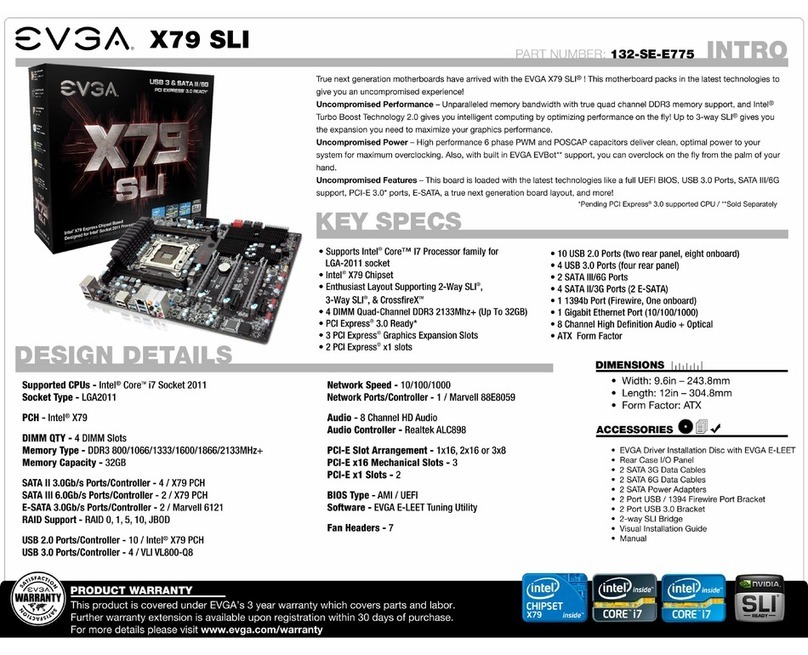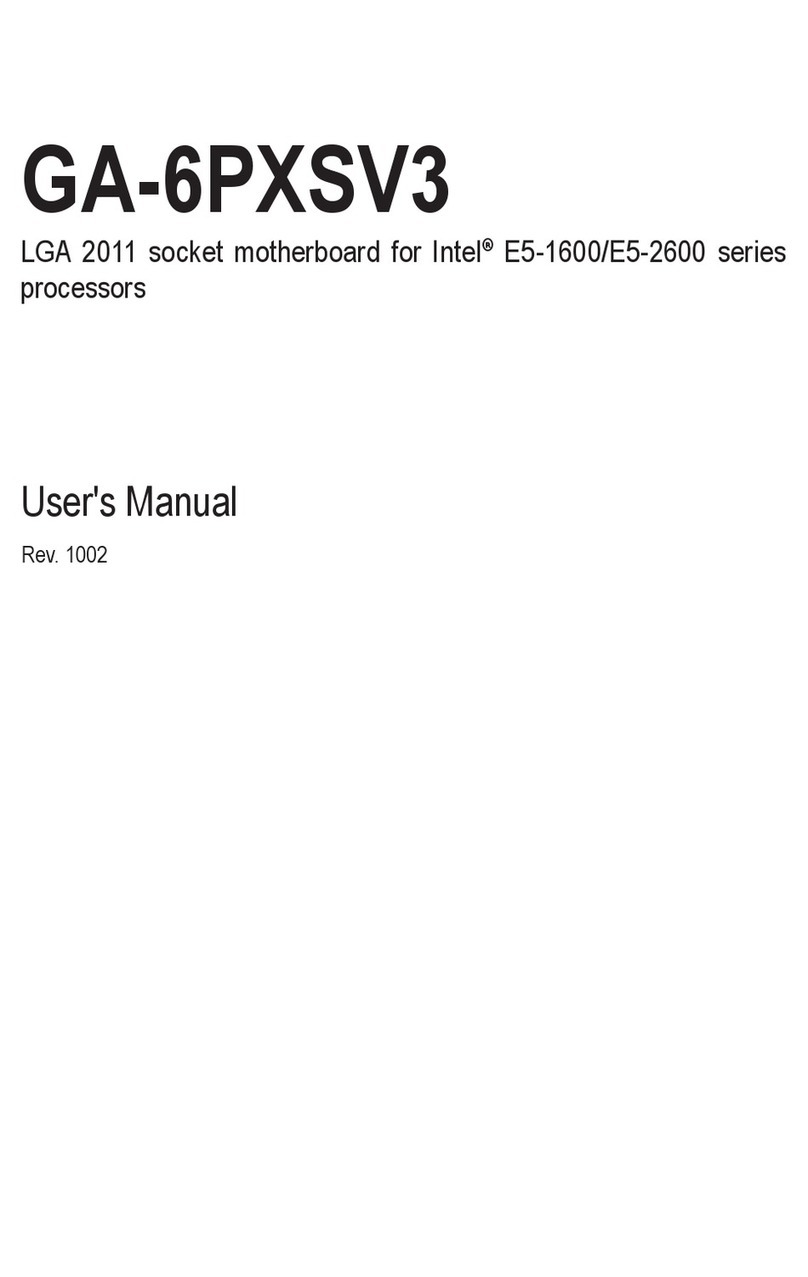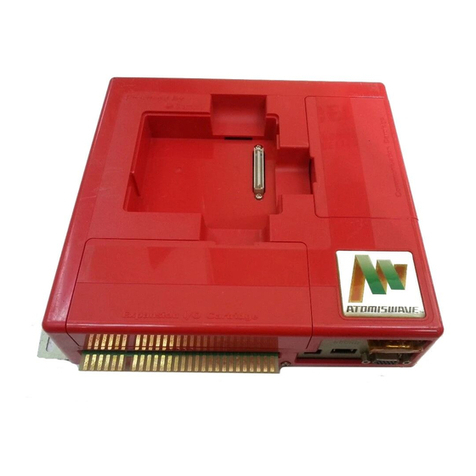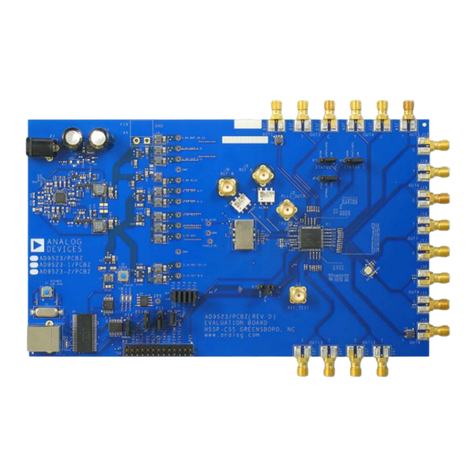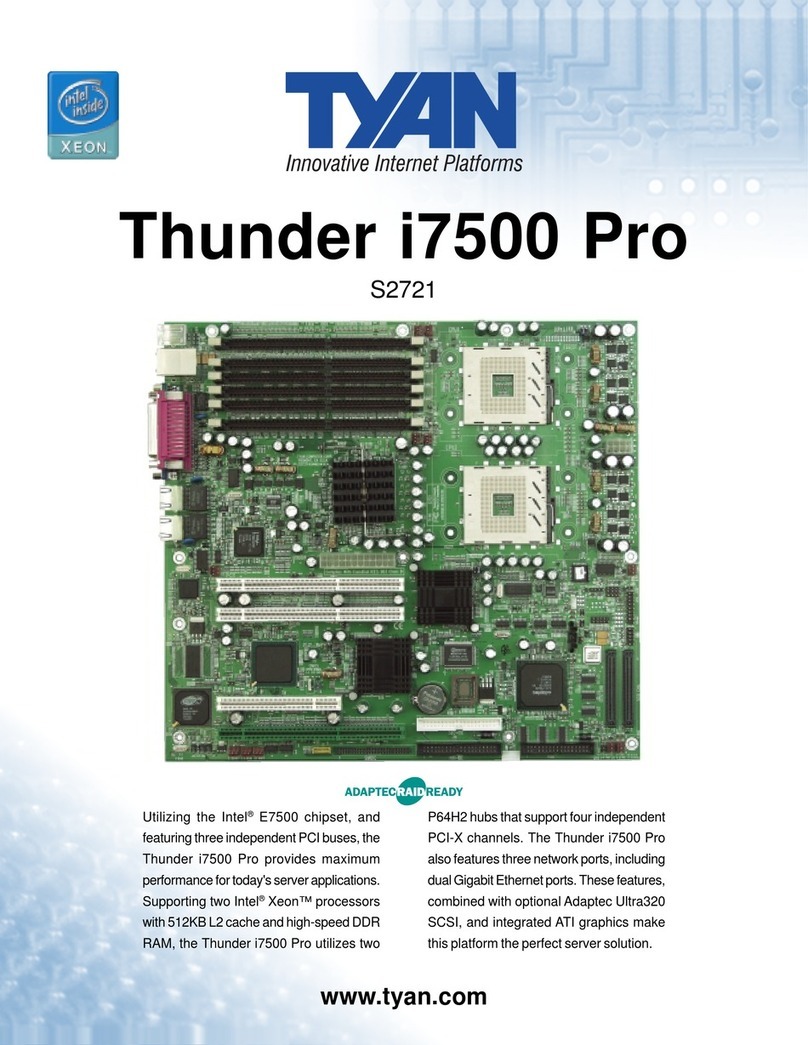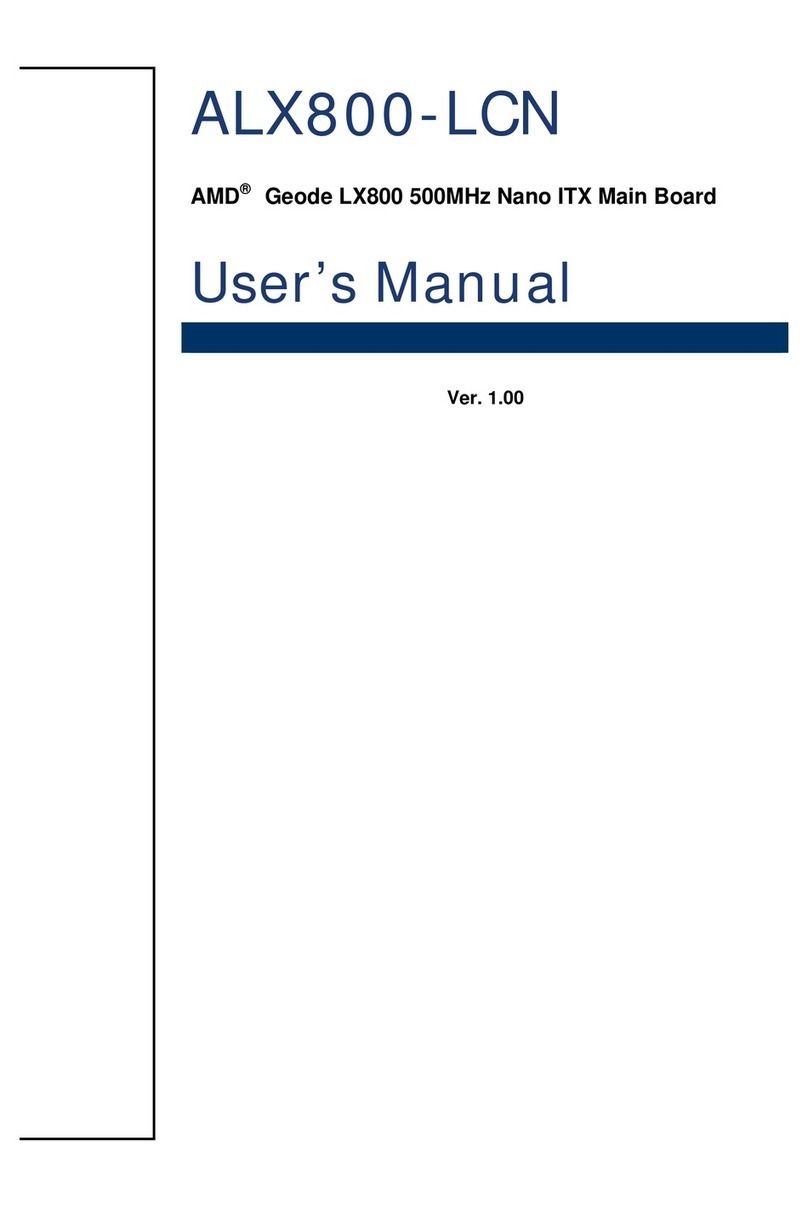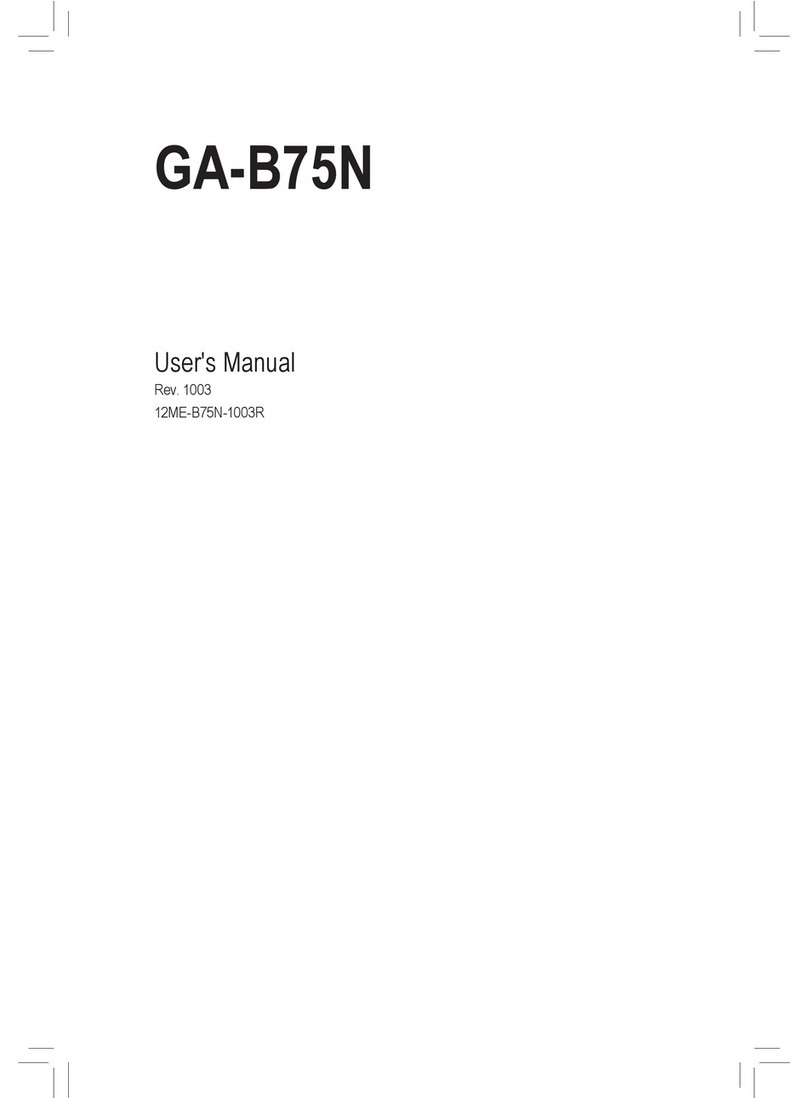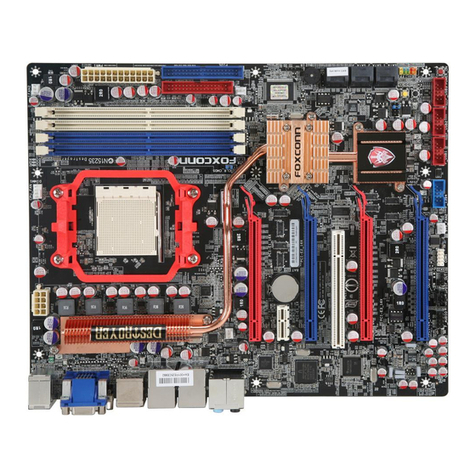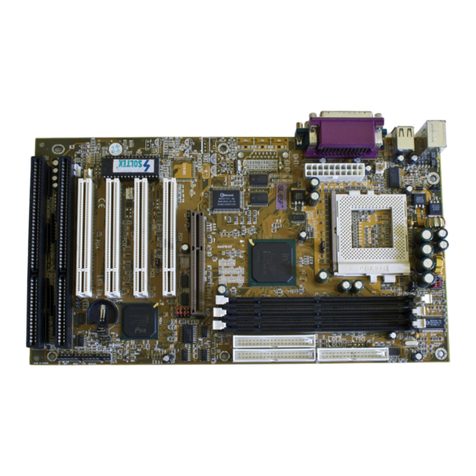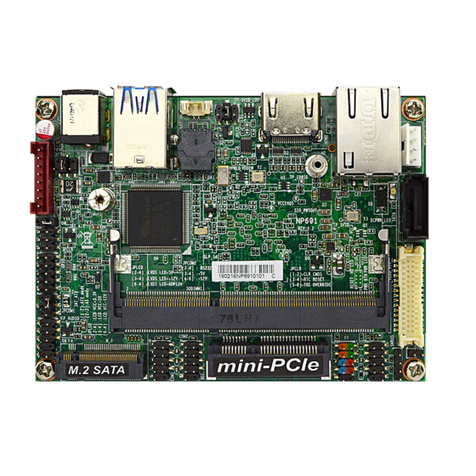Application Design Example
1. Transformer design
1.1 Determining the volume ratio NP/NS
The winding ratio is a parameter that sets the output voltage, maximum output power, duty, and SW terminal
voltage.
The duty of the flyback converter is calculated by the following equation:
: Primary transformer turns
: Secondary transformer turns
: Output voltage (Since there are 3 outputs, the design is based on output voltage 1)
: Forward voltage of the output diode on the secondary side
: VIN pin voltage
From the above formula, the winding ratio is calculated as follows.
: Duty at VIN Voltage (Typ)
It is recommended to set DTYP from 30% to 50% at the VIN voltage in the middle of the operating range.
Initially, set DTYP = 40 %. (This time, set the Duty to 35%)
In this case, the following formula is used.
Therefore, we will proceed with designing with a Np/Ns1 of 0.92.
The turn ratio is also limited by the maximum duty DMAX determined from the minimum incoming voltage.
Make sure that DMAX given by the equation below does not exceed 70%. If this is the case, set DTYP so that it
becomes smaller. If it exceeds 70 %, the OFF time will be shortened. Therefore, the output voltage may deviate
due to deviations in the flyback voltage detection.
: Maximum duty of VIN voltage (Min) condition
: Maximum output voltage (Since there are 3 outputs, the design is based on output voltage 1)
: Forward voltage of secondary diode (Max)
For this reason, there is no problem in this design.
DMAX of this designer is 0.44 and 0.70 or less, so it is judged without any problem.




















